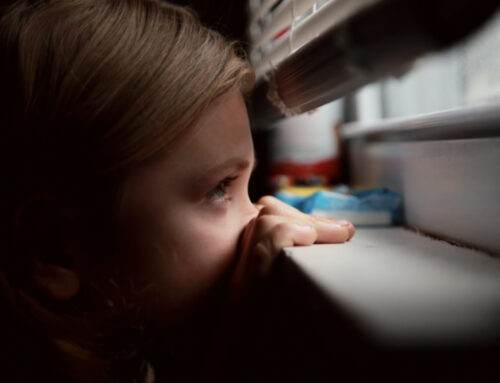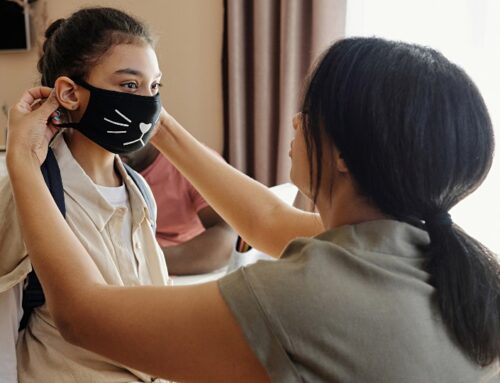
In 2015, the Canadian Mental Health Association (CMHA) estimated that 10-20% of Canadian youth are affected by a mental illness or disorder – this is the single most disabling group of disorders worldwide. The total number of 12-19 year olds in Canada at risk for developing depression is a staggering 3.2 million. We know that mental health issues and illness is increasingly threatening the lives of our children with Canada’s youth suicide rate being the third highest in the industrialized world.
We also know that in Canada, only 1 out of 5 children and teenagers who need mental health services receives them.
In the 2014-2015 academic year, Dr. Pure and her psychology associates, Jennifer Denney-Hazel and Marilyn Roberts, presented a one-day series of talks to teens. The three topics of conversation were Mental Health in Teens, Anxiety and Depression in Teens, and Attention Deficit Hyperactivity Disorder.
As a part of these conversations, Dr. Pure asked high school students to anonymously complete some standardized questionnaires regarding their mental health. The questionnaires were the Beck Depression Inventory (BDI-II) and Beck Anxiety Inventory (BAI). These measures allowed Dr. Pure to examine the level of depression and anxiety in teens.
In conducting this informal research with local teens, it gave our clinic a small snapshot of the current state of mental well-being among young people in the Halifax area.
DEPRESSSION: Of the 229 teen respondents, 65% reported mild or minimal symptoms of depression on the BDI-II, while 35% answered they had experienced moderate to severe symptoms. 15.4% or the equivalent of 35 teenagers, responded that they experienced severe feelings of depression including low mood, feelings of loneliness, and a large sense of hopelessness about their future. This statistic is a little higher than the 1 in 5 reported by the 2015 CMHA report.
ANXIETY: For the questions about anxiety on the BAI, 34% teens reported mild/minimal levels of anxiety, 26.2% reported moderate levels, and 39.8% reported severe symptoms. The total number of teens who reported moderate to severe anxiety equalled 66% or the equivalent of 158 teenagers. As we talk about the “wave” of anxiety, we need to keep in mind that a large number of our youth are experiencing high levels of anxiety and feelings of depression. With this information our community including parents and teachers can become more aware of the level of depression and anxiety among teens and work to provide support.
While these statistics [collected from local high school teens] paint a grim picture of the state of mental health for young people, there are things that can turn the tide. The Canadian Mental Health Association reports that once depression is recognized, help can make a difference for 80% of people who are affected, and allow them to get back to their regular activities. We also know from psychological research, that evidence based psychological assessment and treatment for anxiety, can teach individuals to manage the wave. It is clear that we can teach children and teens to manage excessive worry and feelings of depression, and feel more in control of their life.
So at this time of year when things can become interesting and exciting for many of our children and teens, please remember these statistics. And please remember to pay attention and to ask questions. Sometimes a simple acknowledgement or validation can help children tell you how they feel. This can lead to helping them find the psychological support they need but have not been able to ask for. Sometimes, providing a listening ear without giving any advice can be all that is needed.
It is important to Dr. Pure, Jennifer Denney-Hazel, and Marilyn Roberts as clinicians who work with children and families everyday, to have more dialogue on mental health issues and to help reduce the stigma. Acknowledging the issues and starting conversations, can only provide support to our children who ride this wave everyday. We ask everyone to join in and take time to pay attention. It is really important to the psychological integrity of our children and teens, families, and community.
Written by Kiran Pure, PHD., for Dr. Kiran Pure and Associates Ltd.





